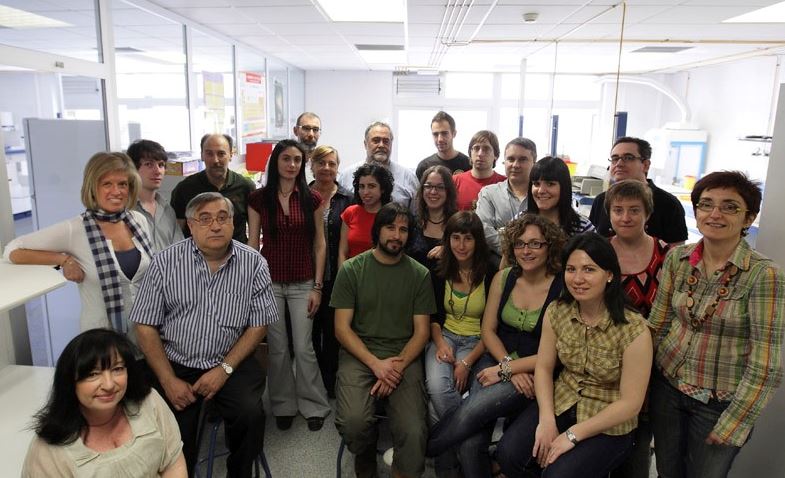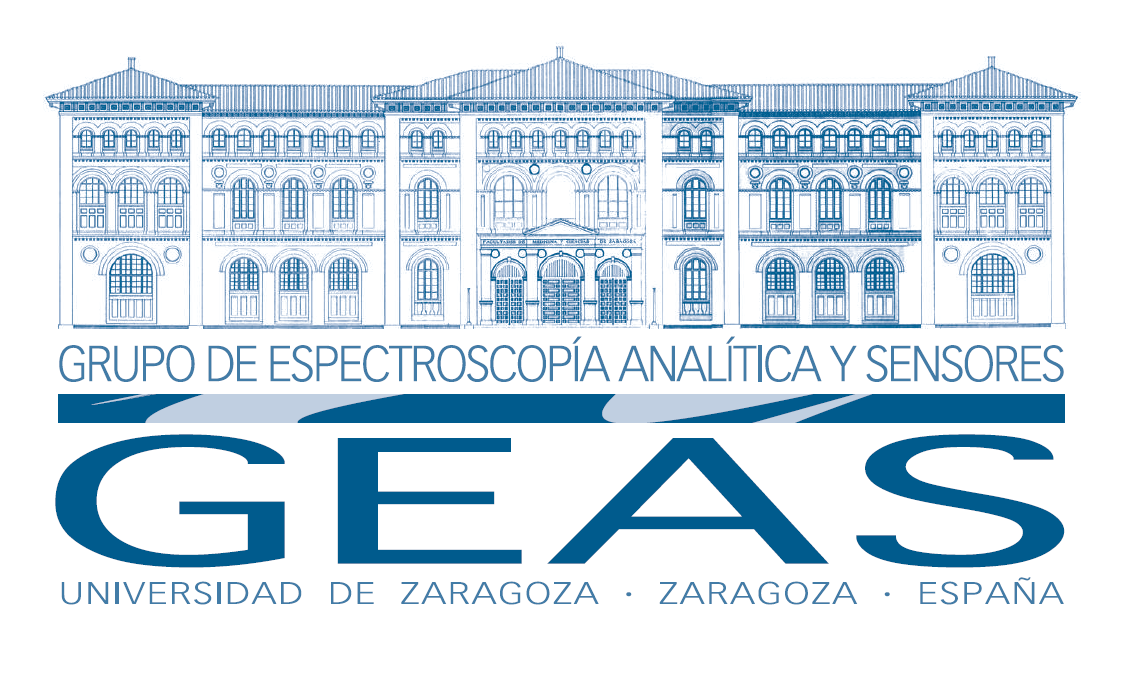
GEAS Research Lines
Our lines of research
,The research lines of the GEAS group correspond to the following three lines of work:
I. Analytical Nanometrology.
The research, development and application of new techniques, methods and analytical platforms for the detection, characterization, and quantification of both synthetic and natural nanomaterials in consumer products, the environment and biological systems, and individual particle and cell detection techniques.
II. (Bio) Electrochemical and optical analytical sensors.
The design, development, and application of catalytic (enzymes) and affinity (antibodies, aptamers) (bio)sensors for the determination in situ of contaminants, clinical parameters, and other parameters of interest in the field of environment, food safety, and biochemistry clinics.
III. Characterization of heritage materials.
Non-destructive instrumental techniques for the best knowledge and preservation of the artistic and historical heritage, with special emphasis on the study of ceramics, pigments and organic wastes.
GEAS
Analytical Nanometrology
Research and Development of new analytical techniques and methodologies for the characterization of artificial nanomaterials and nanoparticles in consumer products and strategic materials. Characterization of nanoparticles of Ag, Au, Co, Fe, SiO2, CeO2, metal oxides, etc.
Nanotechnology and analytical environmental nanoscience.
Multielemental chemical and functional speciation in natural nanomaterials of importance in ecosystems: NOM, colloids, phytoplankton, biocolloids, … etc. Application of techniques of Single Particle Analysis, Single Cell Analysis, dynamic radiation scattering, hydrodynamic chromatography and ultrafiltration techniques and AFFF (assymetric flow field fraction) for the separation of nanoparticles from Single Particle Analysis and Single Cell Analysis.
GEAS
Analytical spectroscopic and electrochemical sensors
Design and development of new catalytic (enzymatic) and affinity (antibodies, aptamers) biosensors, for the in situ quantification of endogenous clinical parameters, toxic organic molecules, contaminants, and other parameters of interest.
Electrochemical sensors for the detection and quantification of metallic nanoparticles. Electrochemical characterization of modified surfaces. Nanostructured analytical biosensors.
Applications of these (bio) sensors in the field of clinical biochemistry, environment and food safety.
GEAS
Characterization of strategic materials using non-destructive instrumental methods
Application of non-destructive instrumental techniques for the best knowledge of the artistic, monumental and natural heritage. Study of new materials.
Application of scanning electron microscopy (SEM), transmission (TEM) and field emission scanning (FESEM) techniques to the study of biological systems, materials, and nanomaterials of interest
Latest GEAS news
THE IBERUS TALENT PROGRAM RECOGNIZES TWO NEW LINES OF WORK IN WHICH GEAS RESEARCHERS WILL PARTICIPATE
The Iberus Talent Program (EU CoFUND) has approved the research line 'Towards a sustainable use of new nanobactericides in the frontier of fight with antimicrobial resistance' presented by the GEAS research group and Nanobact (Campus Iberus Action Group) as well as...
New publication of the GEAS group, chapter of a book, on characterization of nanomaterials
The researchers of the GEAS group Francisco Laborda and Eduardo Bolea have recently published a chapter in the collection of "The curated reference collection in Chemistry, Molecular Sciences and Chemical Engineering" (Elsevier), entitled "Characterization of...
Nanomaterials and Green Chemistry Course – April-May 2018
During April 25-26 and May 2-3, the course "Nanomaterials and Green Chemistry" will be taught at the Faculty of Sciences of the University of Zaragoza, coordinated by Prof. Juan R. Castillo, Principal Investigator of the GEAS Research Group, and organized by the...




